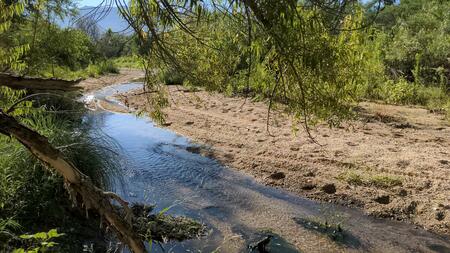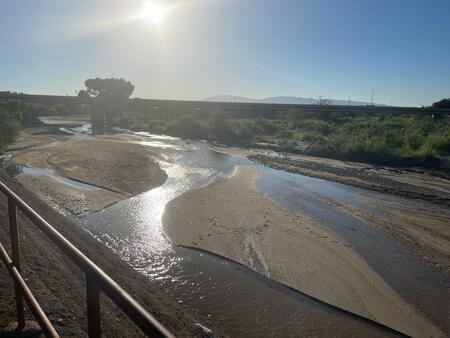 This year’s data tells us we had less days of flow throughout most of the city compared to 2021, due to less than average rainfall during both our monsoons and winter rainy season. However, some of the sites highlighted in the report had increased flow through our rainy seasons, and the city has added another effluent release site to the Santa Cruz river, upping flow days near South Tucson.
This year’s data tells us we had less days of flow throughout most of the city compared to 2021, due to less than average rainfall during both our monsoons and winter rainy season. However, some of the sites highlighted in the report had increased flow through our rainy seasons, and the city has added another effluent release site to the Santa Cruz river, upping flow days near South Tucson.

In the 2022 water year, Tucson received 7.41” (NOAA) compared to our 11.92” average; however, it followed a very wet 2021 monsoon season, with impacts on flow that persisted into the first half of the 2022 water year. With the data we’ve compiled so far, we can clearly see there are areas with year-round flow like Lower Sabino Creek, as well as areas with seasonal flows that are beginning to return, like Tanque Verde Creek.
All year long, our Flow365 community scientists were on the scene, capturing flow data for specific streams throughout the Tucson basin. This community science operation is led by volunteers from our River Run Network— a group of people working together to restore Tucson's heritage of flowing creeks and rivers.





